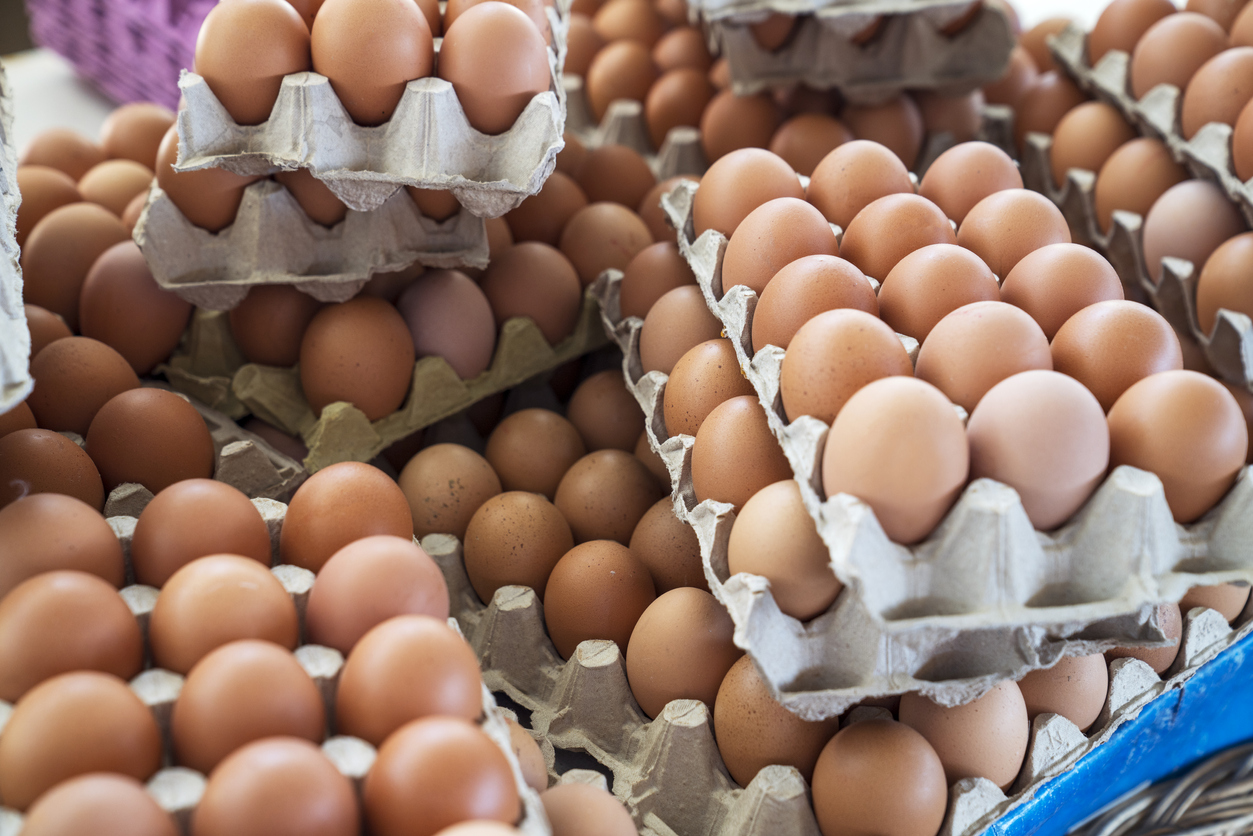Children can be very picky eaters, which means the adults in their lives need to find better ways to feed them and increase their nutrition. Whether this is done through school lunches or at home, adding nutrition to meals is a big part of keeping children fed.
How can you add extra nutrition to a meal when a child only eats a handful of items? You need to get pretty creative! Here are a few ideas to get you started.
Turn Food into a Burrito
Burritos can be a very popular food for children, and you may be able to add some extra ingredients. Start with a flour tortilla and add some refried beans. You can then put in whatever food they’re interested in eating, such as chicken, beans, rice, etc. and a sprinkle of grated cheese. Roll the burrito up and cook over medium heat in a pan, turning until golden brown on all sides and the cheese is melted inside.
This can be a good way to introduce new foods, as well. Leave your child’s favourite ingredients and then add something new in small amounts. They may notice, but only after they’ve tasted the burrito and ensured that it still tastes wonderful.
Add Dip
Many children will eat a variety of foods if they can dip it. Whatever your child’s favourite dip is, offer it with a new food so they have something familiar to try it with. Popular options include ketchup, mayo, sweet and sour sauce, honey mustard, and soft cream cheese. For sweet foods, you may offer a little jam or maple syrup for their dipping needs.
Serve the dip in a container that is small and deep enough to dip their food into and you’ll notice there is less resistance to the new foods.
Make Fun Shapes
You can find a wide variety of food cutters available. While it takes a bit of time to make fun shapes, they’re definitely something you’ll want to try if your picky eater isn’t interested in anything new.
Sandwich cutters: These are designed to work with a full slice of bread. They remove the crusts and cut the inside into something fun, like two dinosaurs, trains, hearts, or other shapes. You’ll find a variety of options and they can be a fun way to turn an ordinary sandwich into something exciting.
Bento cutters: Tiny shapes are fun to eat and you may find that your child will happily snack on cheese, cucumbers, and carrots when they’re in the shape of tiny puppies, cars, or stars.
Egg shapers: These are designed to put a hot, freshly peeled hard boiled egg into. The mould then holds the egg until cool and pops it out in the shape of an animal, car, star, or a heart.
You can also use a regular paring knife to cute shapes out of your food, but it’s easiest with a special cutter.
Blend Some Smoothies
Smoothies are often a fan favourite when it comes to children. It’s easy to make a healthy smoothie that kids will love. Try mixing yoghurt, fruit, milk, and spinach to make a monster smoothie. If your child won’t touch a green smoothie, simply add some cocoa powder to hide the colour.
For the leftover smoothie, or if your child refuses to touch it, try making ice pops and freezing the smoothie. Many children will happily eat ice cream when they rejected the very same thing in smoothie form.
Serve Individual Packets
Mini food and individual servings tend to get children quite excited. You can easily take advantage of this by providing tiny packets of food. If they’re to have toast, offer a packet of jam or butter to spread on it. This is a fun way to ensure they’re excited about eating.
If you find small packets of other food that is healthy, this can be a fun way to present it. However, there are also plenty of tiny containers you can purchase that will package the food in small amounts so they can enjoy having their own individual container of peas or corn, a squirt bottle of soy sauce, etc. There are quite a few options to help your children feel like they’re in control of their food.
Get Them Cooking
Children are more likely to eat what they make themselves. It can be helpful to get them into the kitchen at a young age, though it is a bit challenging. If you find that having children in the kitchen is stressful, remember that they will be able to cook their own tea in the future. Teaching cooking skills and nutrition is a vital part of early childhood learning.
Even very small children can help mash avocado for avocado toast or pour pasta into a pot of water. There are many tasks that little fingers can do. You may wish to let your child help with the menu, as well. They can choose something they like, but you may set rules. For example, they need to select two vegetables, one protein, and one starch or carb. Give them options and allow them to select for themselves.
Once the children are interested in cooking, you can begin to tell them what the ingredients do for their bodies. For example, yoghurt is good for their bones, chicken is excellent for their muscles and carrots help them see better at night. This can be exciting for little ones who will happily eat these superpower foods.
Hide Ingredients
Sometimes there’s nothing for it but to hide the healthy ingredients. Spinach may be blended into nearly anything, but particularly foods that contain chocolate. You can add protein powder to a smoothie, or beans to a brownie recipe.
Tomato sauces for pasta hide plenty of blended vegetables and even macaroni and cheese from a box may be mixed with a little pureed carrot or pumpkin for added nutrition.
Of course, the end goal is to be able to feed your child the foods without hiding them, but sometimes you’ll find it simplest to just skip the fight and provide a healthy meal.
Skip the Milk
Milk is an essential part of growing up for most children and it certainly shouldn’t be denied. However, milk can fill children up and if you give them milk before they eat, they are far less likely to enjoy a full meal. Instead, they will drink the milk, then pick at their meal and say they’re not hungry. By limiting drinks to water during the meal, you allow your child to fill up on nutritious food instead.
Once the meal is over, they may have their milk. The meal has been eaten and they won’t spoil their meal with milk. This is a very common issue parents have with their children and it’s a very simple fix. You just need to ensure that they’re actually hungry when it’s time to eat. Putting off the milk until after they’ve eaten will allow the child to learn what hunger feels like and that eating proper food is the best way to take care of it.
Eat It Yourself
Does your child always want what you’re having? Try making up a plate with some food you want them to try and don’t give them any. You can exclaim at how delicious it is and when they ask for some, let them have a taste. You may be surprised at what children will try if they believe it’s grown-up food.
Setting a good example is always the best way to teach children to eat healthily. They learn everything else from you, so why not eating healthily, as well? This is the perfect time to teach your children how to eat well.
Teaching a picky eater to eat healthy foods can be frustrating, but it’s important not to let your frustration show. Ideally, the table is a place where your family can be together and enjoy time spent talking and laughing, rather than fighting over food. Don’t make it a fight and simply enjoy your time with your family. All too soon, those picky eaters will be done with the picky eating, but hopefully, they’ll still enjoy sitting down to a meal with you.
Are you struggling with picky eaters? Get fresh dairy products and bakery products from Freshways to help entice your little ones to eat more variety.


